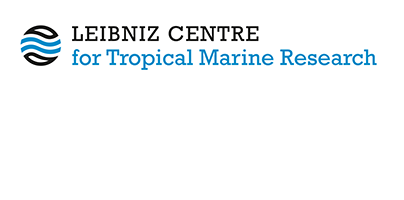N2 fixation and primary productivity in a red sea Halophila stipulacea meadow exposed to seasonality.
Cardini, U., van Hoytema, N., Bednarz, V. N., Al‐Rshaidat, M. M. D. and Wild, C. (2017) N2 fixation and primary productivity in a red sea Halophila stipulacea meadow exposed to seasonality. Limnology and Oceanography, 63 (2). pp. 786-798. DOI https://doi.org/10.1002/lno.10669.
|
Text
Cardini.pdf - Published Version Available under License Creative Commons: Attribution 4.0. Download (454kB) |
Abstract
The tropical seagrass Halophila stipulacea exhibits a limited capacity to use nitrate, but has a high uptake capacity and efficiency for ammonium. Consequently, N2 fixation by associated diazotrophic epiphytes may be important in providing ammonium needed for seagrass photosynthesis and growth. When exposed to seasonality, this association could provide a competitive advantage for H. stipulacea in relation to other seagrass species, but related knowledge is scarce. Here, we thus report measurements of net photosynthesis (O2 fluxes) and N2 fixation (acetylene reduction) associated with H. stipulacea from the Northern Red Sea over all four seasons of 2013. In parallel, we characterized the seagrass meadow areal extent, shoot and leaves density, and the leaf area index. Using this data, we quantified meadow net primary production and N2 fixation and estimated the photo-metabolic N demand met by N2 fixation at the community level. Results revealed a marked seasonality of meadow N2 fixation, with rates ranging from 0.06 in winter to 4.60 mmol N m−2 d−1 in summer, i.e., an increase by two orders of magnitude. In summer, when nutrient concentrations in the water column were lowest and light intensity and temperature highest, there was a significant positive linear relationship between meadow net primary production and N2 fixation, with the latter accounting for ca. 20% of the photo-metabolic N demand. These findings suggest that N2 fixation by associated diazotrophic epiphytes can mitigate N limitation of H. stipulacea meadows under N scarcity. This trait may also favor the ongoing geographical expansion of H. stipulacea.
| Document Type: | Article |
|---|---|
| Programme Area: | PA Not Applicable |
| Research affiliation: | |
| Refereed: | Yes |
| Open Access Journal?: | No |
| DOI: | https://doi.org/10.1002/lno.10669 |
| ISSN: | 0024-3590 |
| Date Deposited: | 15 Oct 2025 11:42 |
| Last Modified: | 15 Oct 2025 11:42 |
| URI: | https://cris.leibniz-zmt.de/id/eprint/5776 |
Actions (login required)
 |
View Item |





 Tools
Tools Tools
Tools